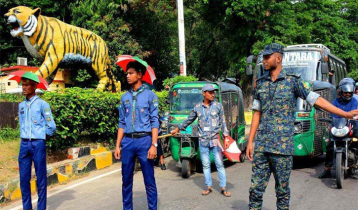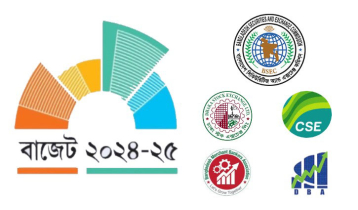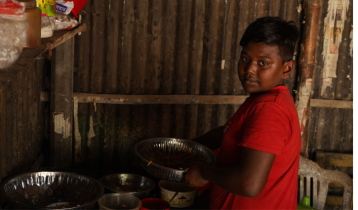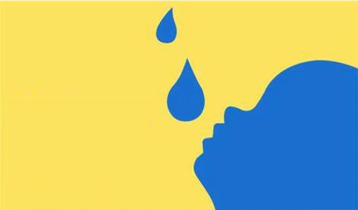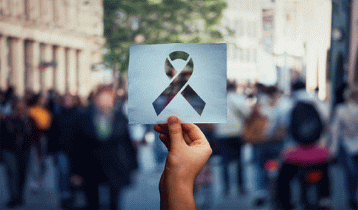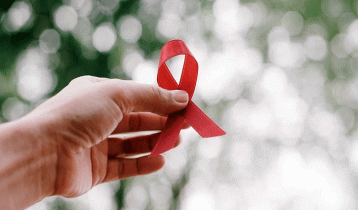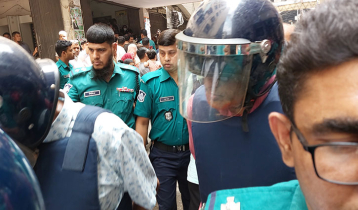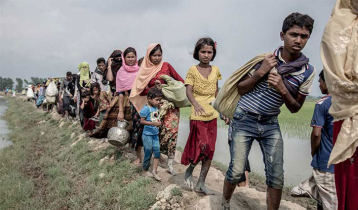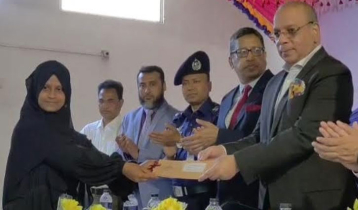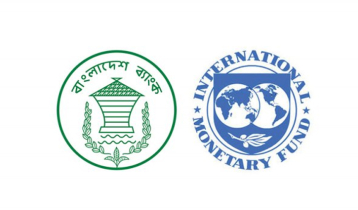Dhaka secures top position in detecting AIDS in country
SK Reza Parvez || risingbd.com

Photo: Internet
More people are being diagnosed with AIDS in Dhaka than in other districts of the country. Meanwhile, AIDS patients are being detected unusually in Sirajganj. AIDS was once more commonly diagnosed among intravenous drug users, sex workers, homosexuals, and transgender communities. Now common people are being diagnosed with this disease as well.
According to the latest data provided by the Directorate General of Health Services (DGHS) regarding HIV AIDS in 2023, some 1,100 AIDS patients have been detected in a year in the country. Prior to this, so many patients have not been detected in a single year. With this, the total number of detected AIDS patients is about 11,000.
Earlier, 947 AIDS patients were detected in 2020. This time, the general people have been more infected with HIV than the people at risk. As every year, Dhaka Division stands at the top of patient detection.
Experts say that the risk of AIDS infection among the ordinary people is increasing because the detected patients do not receive treatment. To deal with this problem, emphasis should be given on increasing the periphery of test and medical services.
According to data of AIDS/STD programme, there are approximately 14,500 patients in the country. 37 percent of these patients still remain undetected. And 23 percent of patients are out of treatment. According to the information of the DGHS, Rajshahi Division and Chattogram Division stand at second and third positions respectively in terms of detecting patients. However, recently AIDS patients are being detected unusually in Sirajganj. In the last one year, 144 AIDS patients have been detected here. 98 percent of whom are drug users.
According to data from AIDS Prevention Programme of the DGHS, 20 to 25 percent of new infections each year are immigrants or their families.
HIV testing has been made mandatory in some countries, including the Middle East, before entry. However, there is no system at the airport to detect them after they return to the country being infected.
From November 2022 to November 2023, samples of 1,542 suspected persons who came to Infectious Diseases Hospital in Dhaka’s Mohakhali were tested. 10 percent of them were diagnosed with AIDS. In 2022, this rate was six percent. 66 percent of those detected are returnees from overseas countries. 21 percent are gay. 12 percent of those diagnosed with AIDS are TB patients. Six percent of them are Rohingya. Five percent of individuals inherited HIV from their parents. Although the doctors at the DGHS say that 98 percent of HIV positive mothers can give birth to healthy children.
In this regard, Director (Administration) of the Directorate General of Health Services (DGHS) Professor Shamiul Islam said that holding no relevant programmes are the reason behind the rapid spread of HIV in Sirajganj.
Informing that an AIDS treatment center has been set up recently in the district hospital under the supervision of the AIDS/STD programme in Sirajganj, he said that a methadone clinic (alternative drug treatment) has also been set up in the district. Through this clinic, drugs are administered orally instead of needles and syringes, reducing the level of needle-syringe use. As a result, HIV is no longer transmitted from the infected person.
Ariful Bashar, senior consultant engaged in the treatment of AIDS patients at Infectious Diseases Hospital, said that patients with difficulties are given treatment in this hospital. However, the problem is that there is no such lab facility necessary to treat these patients. In many cases, AIDS patient needs surgery and heart ring but government and private hospitals show reluctance to provide treatment.
Dhaka/AI

